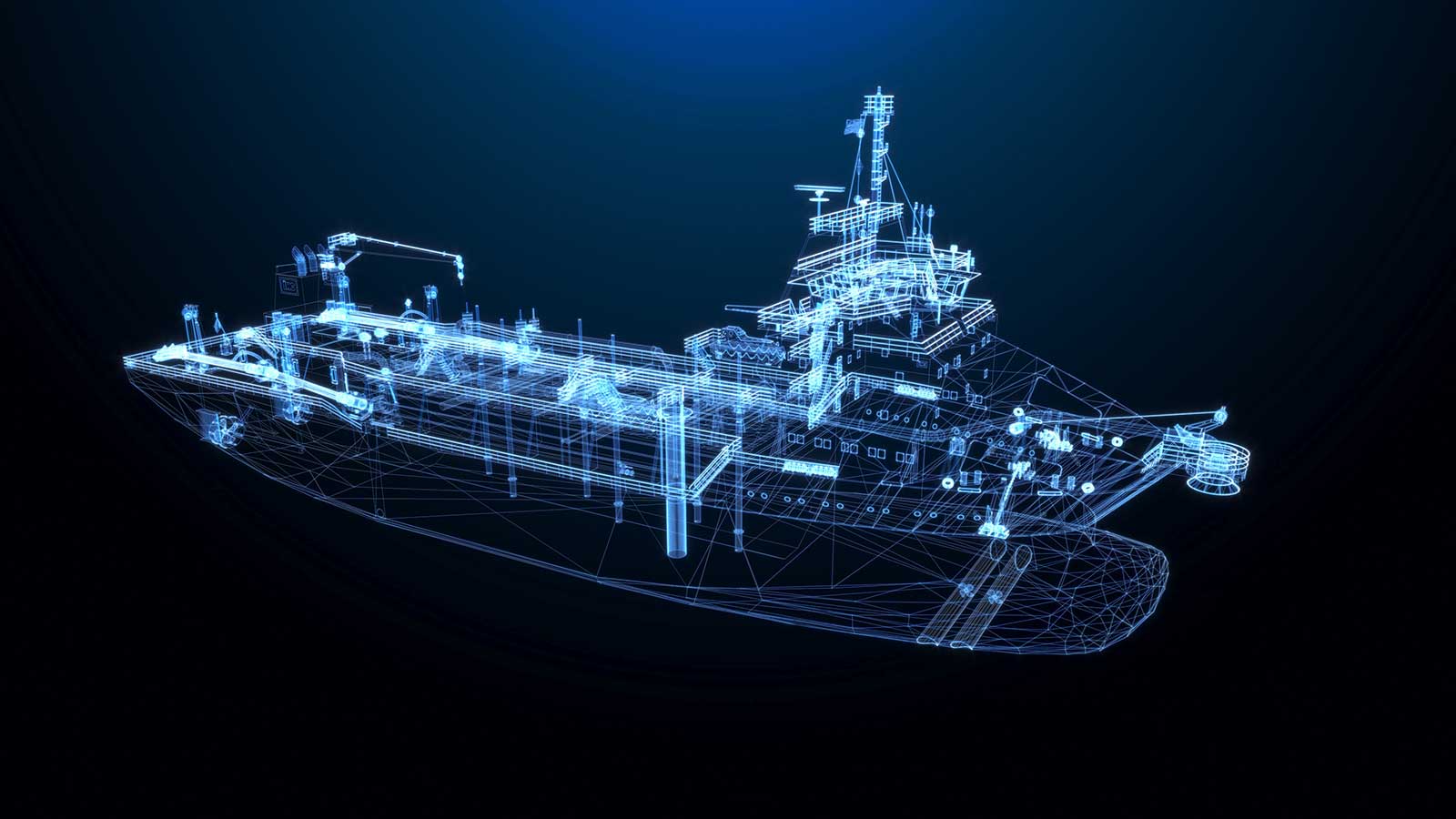Autonomous dredgers on the horizon

Reading the maritime news, you may have noticed that autonomy is starting to play an increasing role in the industry. Looking into several ongoing initiatives one conclusion can be drawn quickly: autonomy in the maritime industry comes in various shapes and forms, where both the level and application vary.
The developments at Royal IHC are an addition to this spectrum. Following our innovation blog about Intelligent SOVs, I would like to elaborate about the development of autonomous trailing suction hopper dredgers (TSHDs).
Our vision on autonomous hopper dredgers
Let’s start with evaluating the reasons for autonomous hopper dredgers. It should first be noted that autonomy does not always mean ‘unmanned’, and that there are different levels involved.
Near future: autonomous control system, crew on board
In the near future, we are aiming to create a system in which a crew remains on board. In this setup, the autonomous control system and the people onboard will complement each other in the control of the vessel.
The system will act on the command of the user, and important actions taken by the system will need to be confirmed. The crew on board will – at all times – be able to take over full control.
Increased safety and efficiency
It is expected that this will increase the safety on board by providing assistance during the navigation. The efficiency of the dredging process will also increase by giving the operator more room to manage and optimise the dredging process, while repetitive control tasks are performed by the system.
When the system matures, it is possible that certain tasks might no longer be performed on board but instead from the shore, saving on travel time.
Increasing the autonomy level of our control systems
Although completely autonomous and unmanned hopper dredgers might only be truly possible in the far future, this is not realistic in the short term, and therefore, not our intention. In the coming years, we want to increase the autonomy level of our control systems and see where we are able to assist the crew on board, facilitating a safer and more efficient dredging operation.
Our design approach to autonomous hopper dredgers
Where many initiatives in the industry are focused on exploring COLREG-compliant autonomous navigation, our autonomous hopper dredger project has a different approach. For such vessels, the most important aspects of the operation are the dredging and offloading process. While autonomous navigation is not ignored, the main focus of our developments is to first increase the autonomy during these phases.
‘Mission Master’ modular system
With this in mind, we have designed a modular system. The so-called ‘Mission Master’ connects different systems on board including the dredging control and the dynamic positioning (DP) systems.
Modular design for structure and reuse
Together, these are capable of controlling the propulsion and the dredge equipment. The philosophy behind this approach is that ‘the whole is greater than the sum of its parts’, thus creating added value by combining and making systems work together that are already on the vessel.
The modular design provides structure and makes it possible to reuse relevant systems between different vessel types. It also means that we can choose to add other modules such as a decision-support system that monitors the weather forecast and determines whether an operation can be executed safely.
Testing on IHC training simulator
Before bringing the system on board, testing is performed on the IHC training simulator. With this setup we are able to create different scenarios to assess operational performance and safety. As the simulator provides a realistic representation of our hopper dredgers this enables a safe and cost-efficient way of testing the system.
Future outlook
Tests with the simulator have shown that we are able to take aspects of the dredging process to a high level of autonomy in a controlled environment. Current developments focus on extending the flexibility of the system to enable operations in a wider range of scenarios.
Human-machine interaction
One of the most important findings so far is that human-machine interaction (HMI) is an important aspect when creating an autonomous system. A system might operate at a high level of autonomy, but if the information surrounding the user is insufficient it will be unpleasant to work with.
Flexible and easy to modify system
Furthermore, the autonomous system should be flexible and easy to modify to the specific needs of the user. A human-machine interaction is currently in development to address this topic. In combination with the simulator, this will allow further testing and development of the interaction with users.
Although there are still many challenges ahead we are looking forward to contributing to the development of autonomy within the maritime industry, and further increasing the operational efficiency of our vessels.

Do you want to know more about autonomous dredgers?
Fill in the form and our experts will help you.